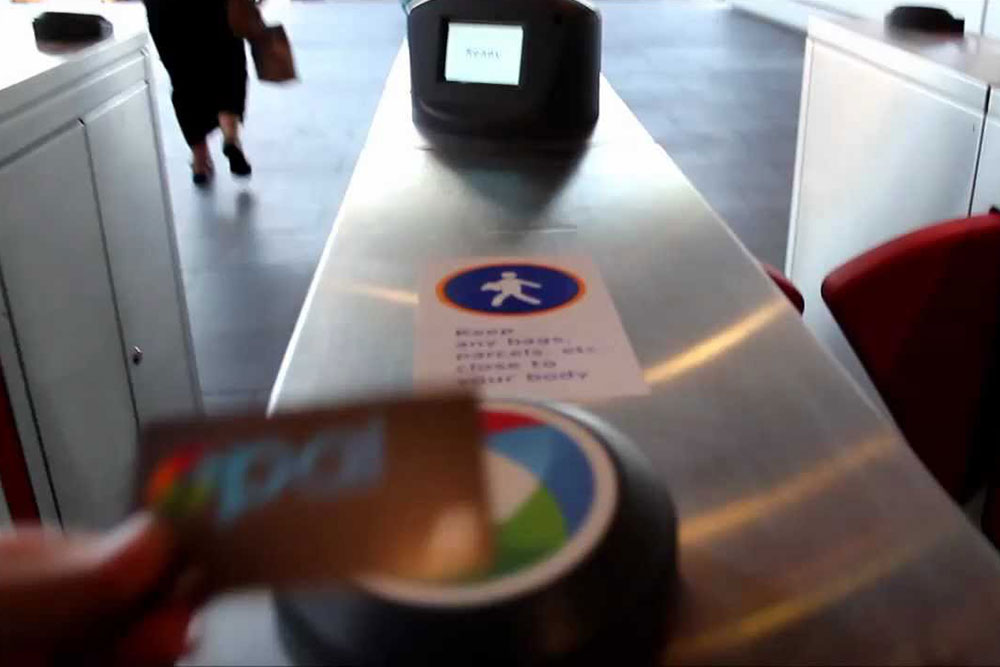The days of sneaking through ticket barriers at train stations by jumping over them could soon be at an end after the New South Wales government rolls out new devices that can prevent such behaviour.
Traditionally, transport authorities have enlisted the use of transit officers and high tech surveillance to weed out those who are getting a free ride, but now the government is getting down and dirty with a simpler and more low-tech approach.
In its latest addition to its ever expanding arsenal to combat fraudulent travel, the government is rolling out Opal-only barriers with higher gate paddles to make it much harder for people to jump over them.
The crackdown on fare evasion doesn’t end there with these machines, the gates also make it much harder for evaders to use their other favoured tactic of ‘tailgating’, where two people pass through the gate at once.
But it’s not all as low-tech as it may seem on the outside. On the inside, the new-style gates process data more quickly so people can tap on and off faster with their Opal cards.
According to the government, there are also wider aisles and larger, clearer screens for customers to read their Opal account balance.
The government has also taken into account the common annoyance travelers tend to suffer as the gates can sometimes close while the person is passing through, but this timing issue has been improved with additional sensors.
Transport for NSW has installed six of these new gates at Bankstown Station, which will be trialled for a month following a successful trial at Sydney Olympic Park station.
According to the government, the station is the first with a high volume of customers to be fitted with the Opal-only gates and was selected because 2.1 million journeys were taken there last year.
Next, the barriers will be rolled out and trialled at Parramatta, followed by Central, Town Hall, and Wynyard in 2016.
The old gates at these stations won’t be going to waste. They will be installed at un-gated stations to help reduce evasion further.
Minister for Transport and Infrastructure Andrew Constance said customers who pay their way expect others to do the same.
“This is another way to deter the dodgers who are taking everyone else for a ride,” Mr Constance said.
Mr Constance said customers have said overall the gates are more reliable and quicker to use.
“The most recent fare evasion survey showed an overall reduction, saving taxpayers $24 million last year,” Mr Constance said.






